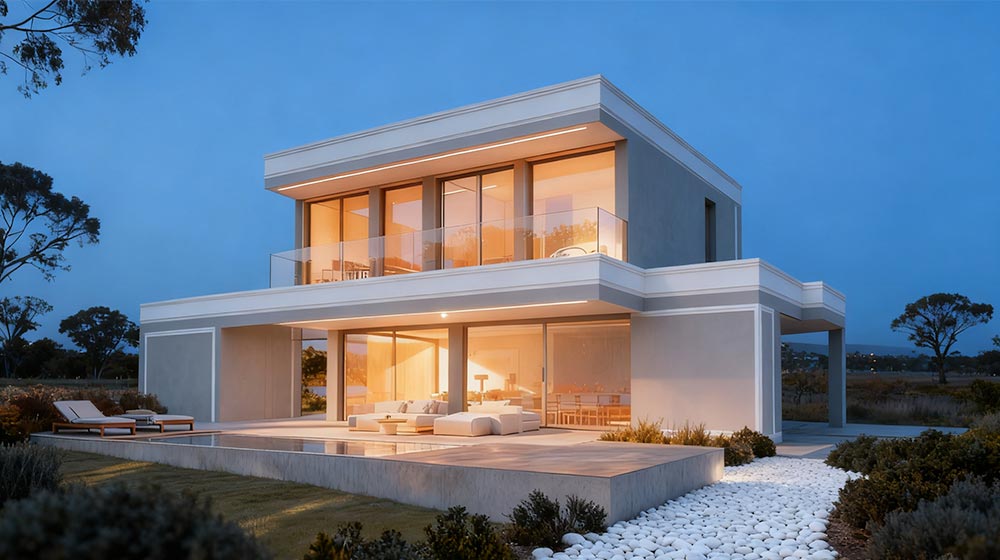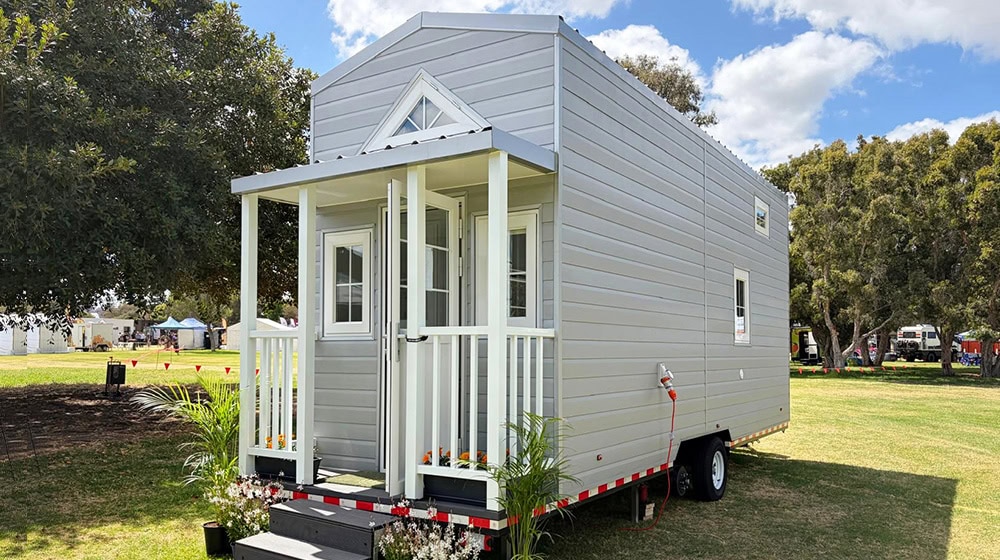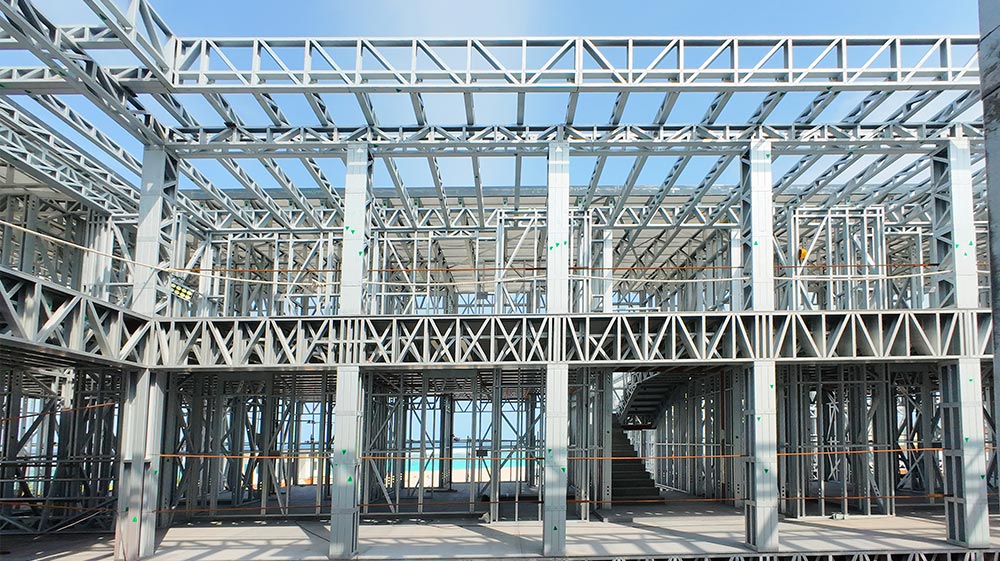
It is a common misconception that only low-rise buildings up to two or three stories can be built with cold-formed steel (CFS). Many also believe that CFS is limited to small non-essential interior or exterior framing applications. But this is totally false. The structural integrity of the CFS frame is also suitable for multi-storey buildings.
Combined with the well-known economic benefits, cold-formed steel has propelled the construction industry to new horizons with faster, better and more sustainable construction of residential and commercial buildings around the world.
In this article, we’ll cover the proven suitability of CFS – and its many other benefits – for taller buildings.
Why Cold-Formed Steel Framing Brings Excellent Structural Integrity to Mid-Rise Projects
Cold-formed steel is both light and strong and is used to make durable components such as wall panels, joists and trusses. The versatility of the CFS allows for many design variations, taking nothing away from its strength when designed to the required standards. The American Iron and Steel Institute (AISI) provides the guidelines that govern the production of CFS components in North America and recognizes the utility of cold-formed steel as a valuable structural material for buildings. standards. While the conventional idea has long held that structural CFS can only be used for buildings up to 10 stories high,a technical analysis by the Structural Steel Industry Association (SFIA) found that cold-formed steel can support buildings up to 40 stories high. Why is this the case? The layout of the CFS load-bearing components (which included standard C-shaped studs and typical spacings) in the feasibility study ensured that all live and dead load distribution requirements were met throughout the building. This has big implications for rapidly growing urban centers around the world. Although high-rise applications may still take a few years, studies such as the SFIA report hold promise for the continued development of multi-level residential projects in booming cities using cold-formed steel. This BuildSteel article summarizes cold-formed steel and its suitability for structural applications, including mid-rise and multi-dwelling projects.
There are many benefits to using cold-formed steel framing for mid-rise buildings
Profitability:
-
Steel allows for cost reductions in terms of overall construction cost. By using CFS, you can save on design, engineering and energy costs.
-
Project delivery delays are typically reduced with cold-formed steel construction, resulting in improved cash flow for buyers, as well as a faster return on investment.
-
Minimal risk taking for insurance, given the HSE safety gains of light steel construction compared to other materials (such as wood).
Design flexibility:
-
Steel never shrinks, unlike wood, and is dimensionally stable. Steel components can be specified very precisely and CFS is easily used in a wide variety of design configurations.
-
Steel components allow for wider panel spacing and longer spans, allowing for larger and more customizable interior spaces.
Security:
-
Steel is incombustible, never burns or fuels fires.
-
Fires, which can reach a maximum of 900°C to 1100°C, generally cannot reach the melting point of steel at 1500°C.
-
When properly designed, structural steel is highly ductile, absorbing the impact of seismic activity without deforming.
Durability:
-
Steel is very commonly reused and recycled in construction applications without loss of quality.
-
97% of steel by-products are reused.
-
The overall steel recycling rate, all sectors combined, is 81%.
The many advantages of steel in construction, including its superior durability and resilience, make it a valid option for use in multi-storey buildings.
Examples of Mid Rise Projects Using Cold-Formed Steel
This project is the Hyatt Place Westminster in Colorado in USA. It is a 6-level, 156-room hotel. All 644 wall panels for this project were erected in just 17 working days using a 6-man crew (this project included only wall panel erection – no floor install, or concrete work).



